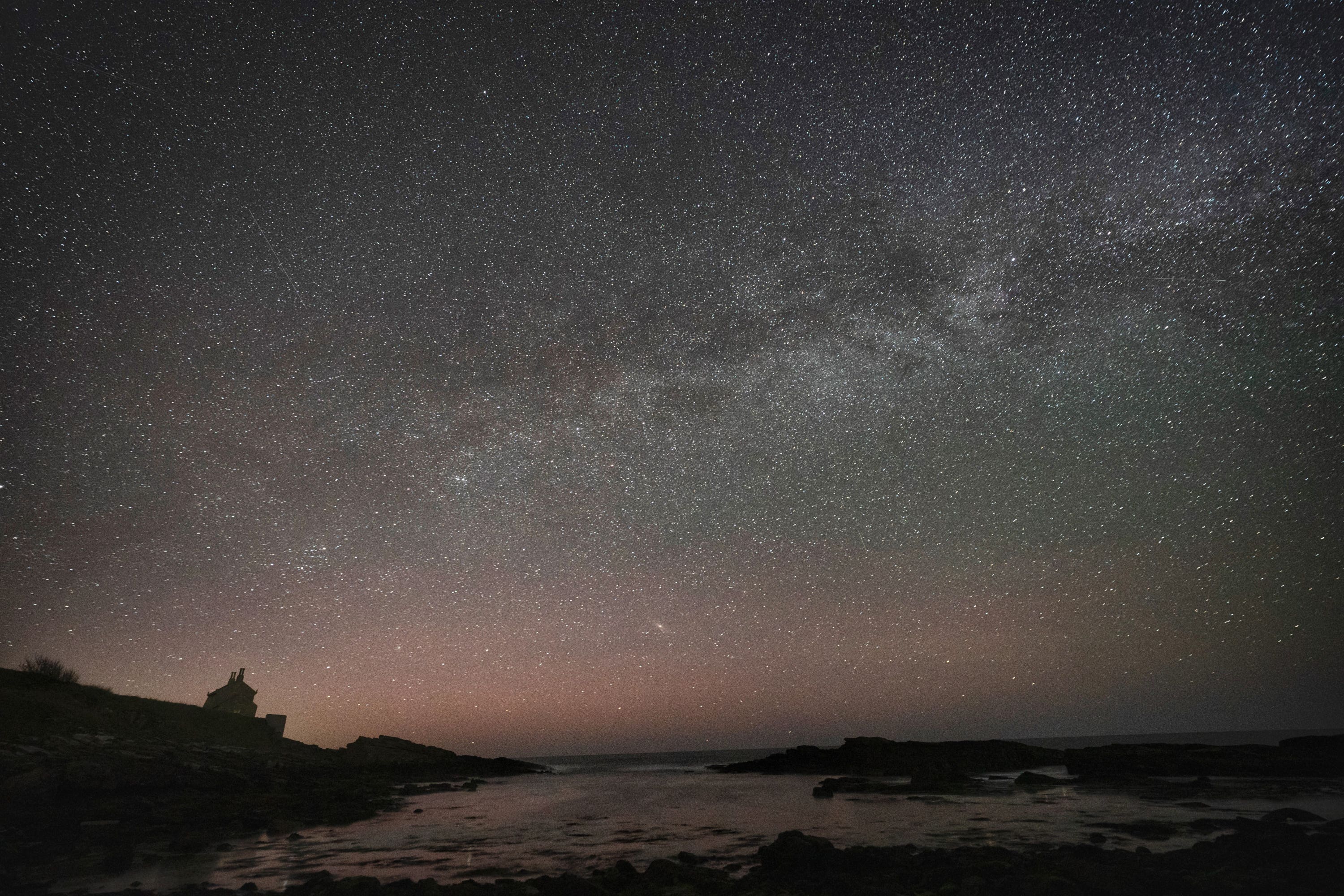Galaxies become more chaotic as they age, study suggests
Stars in galaxies start life rotating in an orderly pattern but in some the movement of stars is more random.

Galaxies become more chaotic the older they get, a study suggests.
According to the research, age is the driving force in changing how stars move within galaxies.
Stars in galaxies start life rotating in an orderly pattern but in some the movement of stars is more random.
Until now scientists had been uncertain about what causes this, with the surrounding environment or the mass of the galaxy itself being possible reasons.
When we did the analysis, we found that age, consistently, whichever way we slice or dice it, is always the most important parameter
However, the new study found that neither of these things is the most important factor.
The findings show the tendency of the stars to have random motion is driven mostly by how old the galaxy is – things just get messy over time.
First author Professor Scott Croom, an Astro 3D researcher at the University of Sydney in Australia, said: “When we did the analysis, we found that age, consistently, whichever way we slice or dice it, is always the most important parameter.
“Once you account for age, there is essentially no environmental trend, and it’s similar for mass.
“If you find a young galaxy it will be rotating, whatever environment it is in, and if you find an old galaxy, it will have more random orbits, whether it’s in a dense environment or a void.”
Despite the findings, the experts suggest that previous work – which suggested environment or mass were more important factors – is not necessarily incorrect.
Young galaxies are star-forming super-factories, while in older ones, star formation ceases.
Second author Dr Jesse van de Sande, said: “We do know that age is affected by environment.
“If a galaxy falls into a dense environment, it will tend to shut down the star formation. So galaxies in denser environments are, on average, older.
“The point of our analysis is that it’s not living in dense environments that reduces their spin, it’s the fact that they’re older.”
Our own galaxy, the Milky Way, still has a thin star-forming disk, so is still considered a high spin rotational galaxy.
The research used data from observations made under the SAMI Galaxy Survey.
The SAMI instrument was built in 2012 by the University of Sydney and the Anglo-Australian Observatory (now Astralis).
It uses the Anglo-Australian Telescope, at Siding Spring Observatory, near Coonabarabran, New South Wales, which has surveyed 3,000 galaxies across a large range of environments.
The study allows astronomers to rule out many processes when trying to understand galaxy formation and so fine-tune models of how the universe has developed.
The findings are published in Monthly Notices of the Royal Astronomical Society.
Subscribe to Independent Premium to bookmark this article
Want to bookmark your favourite articles and stories to read or reference later? Start your Independent Premium subscription today.
